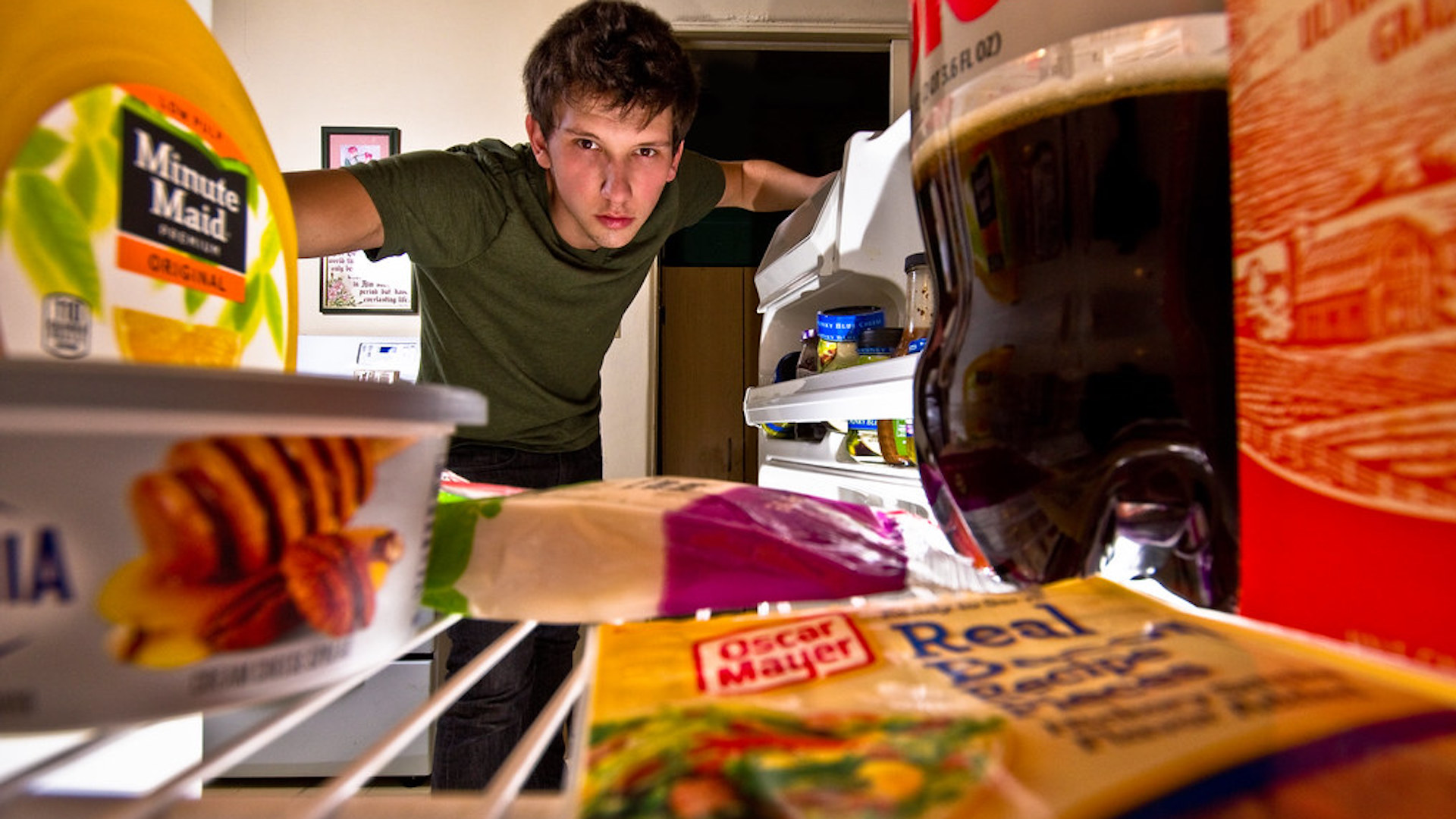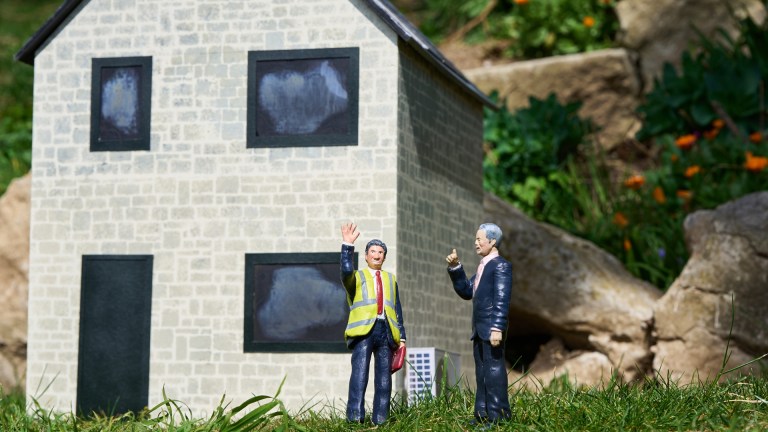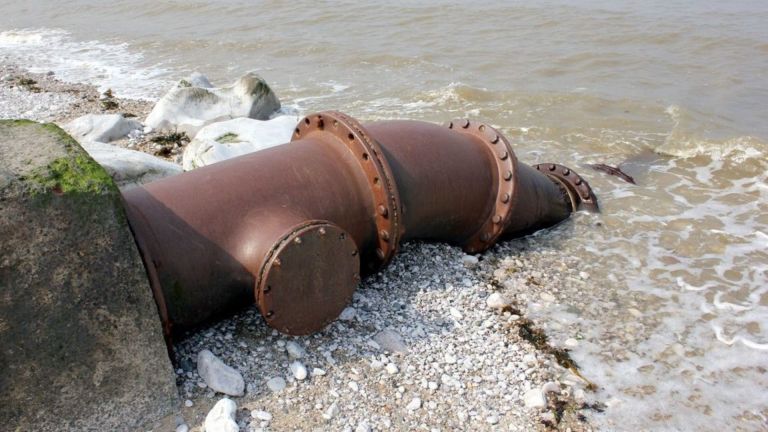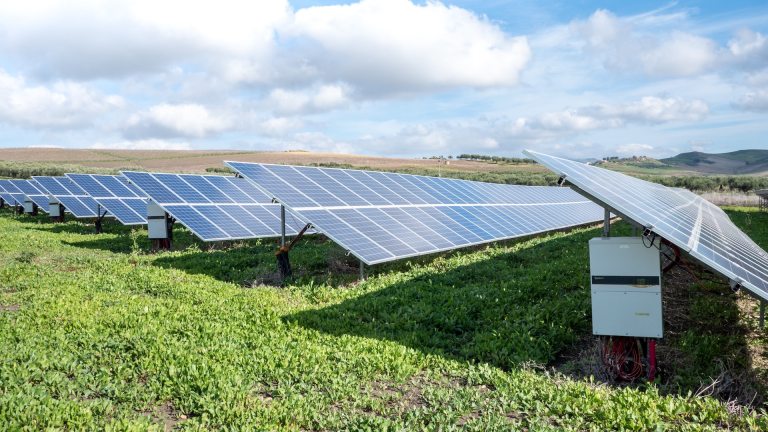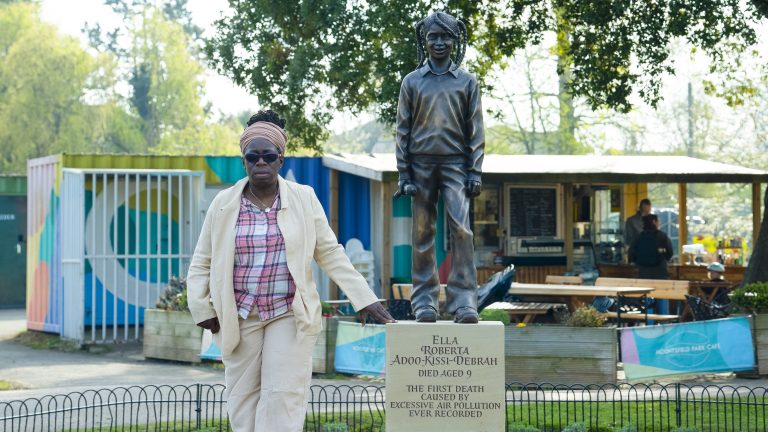Food waste is back at pre-Covid levels following the reopening of society, with people spending less time planning meals and using leftovers.
Almost four in five people increased their food management after the UK was plunged into lockdown in March 2020. Batch cooking and freezing meals meant food waste dropped by 43 per cent and remained low throughout the year.
But post-lockdown time pressures, coupled with an increase in takeaways and dining out, have led waste to spike.
The survey, part of the Love Food Hate Waste campaign by environmental charity Wrap, focuses on food believed to have the highest levels of waste — bread, chicken, milk and potatoes — and asks respondents how much of their last purchase was thrown away uneaten.

It found waste fell from nearly a quarter of all items purchased in November 2019 to 13.7 per cent in April 2020. As of July the figure has rebounded to 19.7 per cent.
Some 30 per cent of people also classify as having “high levels” of food waste as of June, in line with November 2018 and some way above April 2020, when the figure was 20 per cent.
